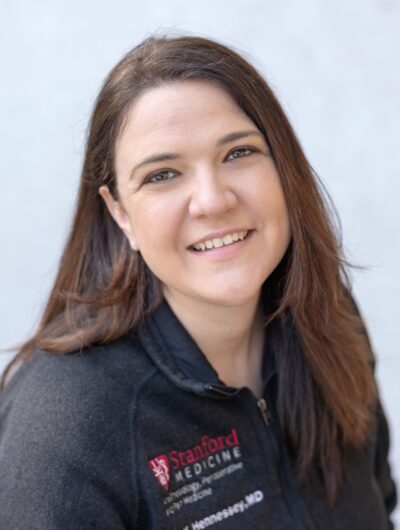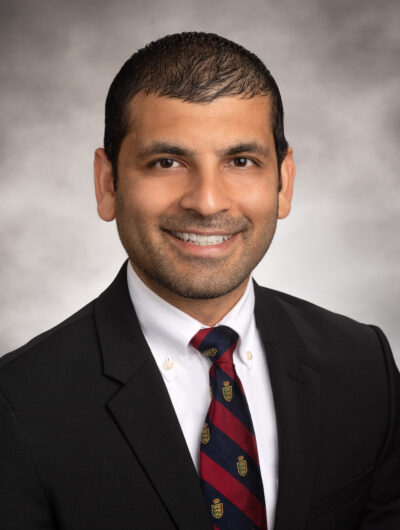An Introspective Reflection on the State of Anesthesia Critical Care Fellowship Programs from the Program Director’s Advisory Council (PDAC)
For the second year in a row, we have witnessed a decline in the number of applicants interested in anesthesiology critical care fellowships. The gap between the number of positions available and the number of rank lists submitted continues to increase, with only 0.65 applicants per position offered in the 2023 match cycle. This year an alarming 39% of positions were left unfilled post-match. These distressing statistics demand a serious reflection on the challenges we face and the necessary steps to ensure the future of our subspecialty. As we move forward after inspiring stories of anesthesiology intensivists as healthcare heroes and leaders of the COVID-19 pandemic, we must reflect on the past, current state, and future of our subspecialty. While it may be tempting to attribute the current lack of interest to a robust job market and attractive pay, perhaps an introspective approach and reflection are needed to understand other factors that contribute to our specialty's diminishing appeal to today's trainees?
Today's Millennial and Generation Z residents seek job satisfaction, emotional well-being, and a work-life balance. These three core values are often lacking or diminishing in today’s practice of critical care medicine. Intensive care physicians often experience high burnout levels, which doesn't scream job satisfaction.
In a recent article in ASA Monitor—“Anesthesiology 2030: What Does the Future Hold for Critical Care Medicine”—Drs. Boateng and Moitra explored the stress on the current workforce: “The COVID pandemic has underscored the personal cost of the ICU environment on staff. Physician well-being has gained emphasis over the past decade, in part related to duty hours for both trainees and practicing physicians, the impact of sleep deprivation, and other issues that affect the workforce. As a result, the health of the current and future critical care workforce is precarious.”
It’s only been 600 days since that statement was published, and we have a way to go until we reach 2030, but the security of our specialty is already at risk. We must address these issues head-on and mitigate burnout and moral distress, and only after that will we be able to focus and market ourselves effectively in these three core values to attract potential trainees. Failing to address these issues risks our ability to convey the true joy and fulfillment that can come from this field, and potentially discouraging trainees from pursuing a critical care fellowship.
Regarding work-life balance, the current resident scheduling paradigms make it impossible for trainees to appreciate the actual workload of a faculty member. We subject our trainees to month-long rotations in the intensive care unit, oftentimes pushing the 80-hour work week with schedules that disobey fatigue-mitigation strategies and can be physically exhausting and mentally taxing. Meanwhile, more recent faculty staffing models consist of one week of service followed by operating room time or time off. Innovative flexible faculty work schedules are often highlighted as a reason for faculty retention. Despite this, we have stuck to our historical mantra that a month-long rotation provides continuity of care. However, with the advent of shift work, such notions may be misguided and archaic, and the current resident rotation schedule needs further re-evaluation. Longitudinal rotational experiences similar to how intensivists practice after training could be one innovative way that residency programs incorporate critical care medicine rotations in a more modernized approach to current training paradigms. Addressing the work-life balance during the highest exposure to our specialty may allow us to engage and recruit residents into our field.
Furthermore, a year-long fellowship sometimes requires trainees to uproot themselves and start fresh in a different city during their 30s for a year followed by potentially another move post-graduation, which is certainly not a small feat. Many trainees move for fellowship and 53.7% of trainees over the past decade practice in a different state after fellowship. It's a significant investment of time, effort, and emotional sacrifice. We must emphasize the value and advantages of training in critical care medicine to make this leap more enticing.
The ASA Statement on the Principles of Critical Care Medicine states “The practice of critical care medicine dramatically elevates the professional profile and clinical reputation of physician anesthesiologists within any institution, and physician anesthesiologist-physician intensivist practitioners are frequently the only physician anesthesiologists with whom non-operating room professional personnel have routine contact.” Incorporating key leadership skills into critical care training and providing mentors in both group and hospital administration can add value to an extra year of training.
Preparing our trainees for their future and the future of our specialty is vital. This brings us to the question of what the future of anesthesiology and critical care medicine will look like in the face of technological advances and the rapid rise of artificial intelligence. Is it time for us to modernize our curriculum to incorporate teaching in artificial intelligence and other emerging technologies to enhance the appeal of fellowship training further?
Finally, an investment of a year's worth of your life and losing potential income must come with financial dividends such as the form of a higher pay structure for those with extra training. In reality, it will be a tall task to increase the appeal of fellowship training in any field in anesthesiology to today's graduates if we persist with a model which does not result in a financial "reward" for those with extra training.
It's time to embrace change and adapt to the needs and expectations of the new generation. We must collectively re-evaluate our practices, foster an environment that supports well-being, and showcase the rewarding aspects of critical care medicine. Only then can we reignite the passion and interest in this field and secure a bright future for our subspecialty.
Call to Action for SOCCA Members
Consider these top five ways to help expand our applicant pool and recruit trainees into our amazing, rewarding, and innovative subspecialty.
- Address burnout at all levels: With a high burnout rate in our specialty training, it is paramount our divisions work to address this at the faculty level so we can be leaders in this area for future trainees.
- Try out innovative scheduling paradigms: Consider unique schedules that foster collaboration and mitigate fatigue. Endorse the importance of work-life balance for all critical care members of the team.
- Intensivists as leaders: Highlight your faculty that have attained out-of-the OR, C-suite, or hospital-level leadership roles. Create an environment for mentoring, coaching, and sponsorship for your trainees in these areas.
- Community connection: The majority of ICUs in this country are not staffed with physician intensivists. Connect with regional hospitals and groups to create a relationship between your fellowship program and their community needs. Return-to-training models can fill fellowship positions and provide the support our patients need.
- Advocate for our specialty: Get involved in SOCCA. Consider becoming a SOCCA mentor, bring a trainee to our annual conference, or schedule a learning activity around a SOCCA webinar. Become part of the conversation to ensure critical care services are paid for adequately. Speak up regarding burnout and moral distress. Be involved in our future.





































